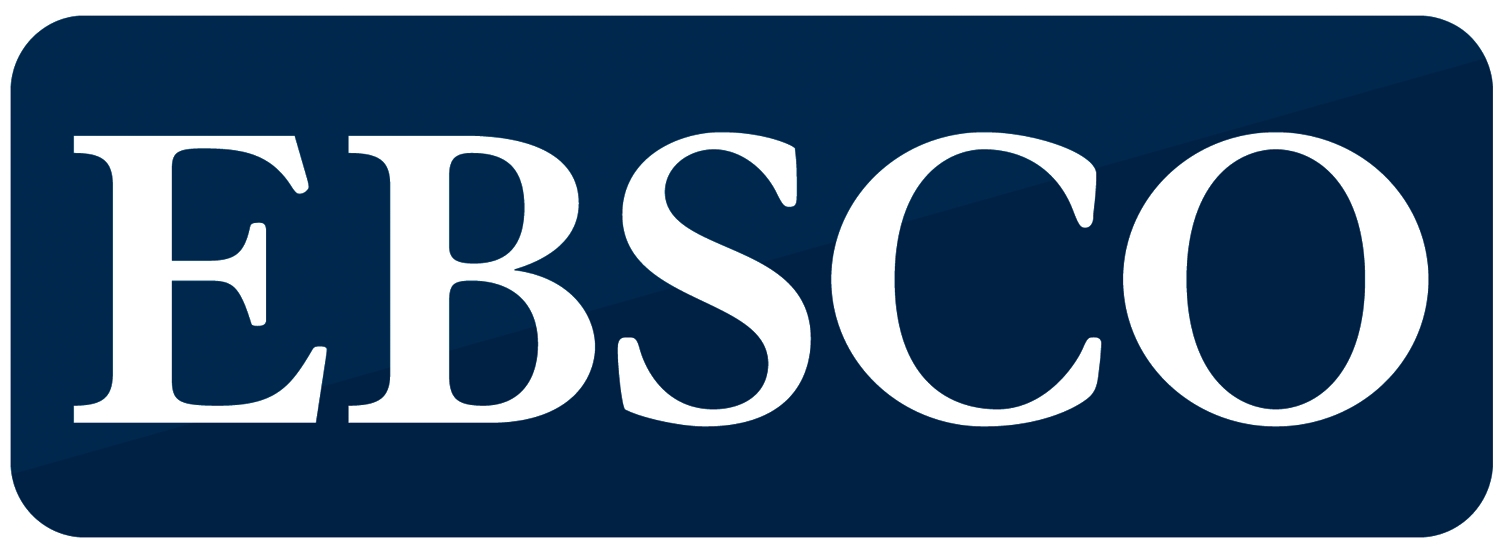
Depending on your topic, you will likely have to consult several types of sources. This page goes into different types of sources and where to find them.
The literature refers to the body of research that exists on any given topic, but is limited to scholarly sources, typically. Several sources make up the literature, and can include:
Sources are typically categorized as either primary or secondary. A primary source is an original document or firsthand evidence of an event or discovery. A scholarly article detailing a study the authors conducted on teaching strategies, for example, would be a primary source. A piece of art, letters, diaries, and works of literature are all primary sources.
Secondary source is a work about an event, discovery, or object, often analyzing the topic. They interpret and offer comment on the event or object in question. Biographies, textbooks, literature reviews- these are all items about something else, so they are considered secondary sources.
Academic Journals, also called scholarly journals, are publications similar to magazines that publish issues periodically. Scholarly journals typically publish issues biannually or quarterly. Each issue is made up of several articles written by researchers and experts in the field. These articles may be written to share information about a study or research that the author(s) conducted (research articles), or they may discuss previous research or theories.
Peer-review refers to the process that articles submitted to scholarly journals go through in order to be published. In peer-review, an article is evaluated by a team of other experts in the field to make sure that the article meets the high standards of scholarly journals. Peer-reviewers may suggest that an author revise their article, expand on a section, take out a section, or otherwise edit their work in order to be published. Only when peer-reviewers decide that an article meets the standards of the journal is the article published in an issue.
Because of the peer-review process, we've come to trust academic journals as the most authoritative sources on research. There are several debates about this, however. Because of systemic racism, sexism, and other forms of discrimination, the voices of traditionally marginalized people are often underrepresented in these types of sources. Articles in well-respected scholarly journals are great sources for research on a subject, just remember to always question which perspectives aren't being presented.
What is synthesizing, anyway? Synthesizing involves taking several different sources and incorporating them into a coherent piece of writing. This makes your writing more than just a simple list of facts and opinions you summarized. It gives your writing meaning, demonstrates that you understood your sources, and allows you to add your own observations and knowledge into your work.
The following explanation from Western Washington University illustrates this process:
A visualization of synthesis
Pretend you are working with five sources for an essay, as represented by the five colored dots below.

Notice how there are no connections between the sources; the five sources are simply listed in some arbitrary order. What if you need to synthesize the sources, though? You can start synthesizing by noting the similarities and differences between the sources and mapping them accordingly.

Perhaps you noticed that A (blue), B (yellow), and C (pink) make similar arguments, so they are grouped together. You also noticed that D (red) and B (yellow) share a similar methodology, so they are linked together. But perhaps D (red) does not make the same argument as B (yellow), A (blue), and C (pink). And E (green) is completely out there on his own! So you can now see that there are several possibilities for synthesizing these sources.
The gray ring around these sources represents the synthesized claims that you can make. For instance, you might claim, "While multiple scholars agree that X, there is no overall consensus on this issue." Or you may claim, "Conflicting methodologies among research creates gaps in the research on X."
Using sources from the internet can be useful and add a lot to your paper, but it's extremely important to know how to evaluate them to make sure you're getting quality information your professor would approve of. Use the following acronym (RADAR) to help you decide if the internet source you're considering for your paper is reliable:
Use this basic source tracker to help keep all of your information and sources straight. This will help you when you're ready to write. You can type directly into the Word document or print it out to complete it by hand.
Other tools for organizing sources:
Evernote is an online organization tool that allows you to take notes, clip articles from websites (yes, even journal PDFs!), scan and take pictures of your handwritten notes, and lots more! Check out this article for tips on how to use Evernote to organize your research life.
MyResearch (ProQuest) allows you to save documents and searches from ProQuest databases in one central account. Please note that MyResearch accounts will not work with other databases, like EBSCO.
 An EBSCO account will allow you to save documents and create folders to organize your research. Please not that this will not work with other databases, like ProQuest.
An EBSCO account will allow you to save documents and create folders to organize your research. Please not that this will not work with other databases, like ProQuest.
 Zotero is a powerful research organization tool that allows you to create folders and organize your research, including full-text PDFs, across databases and devices. The learning curve with Zotero can be steep, so don't hesitate to reach out to the library for questions or tips about installing and using Zotero.
Zotero is a powerful research organization tool that allows you to create folders and organize your research, including full-text PDFs, across databases and devices. The learning curve with Zotero can be steep, so don't hesitate to reach out to the library for questions or tips about installing and using Zotero.